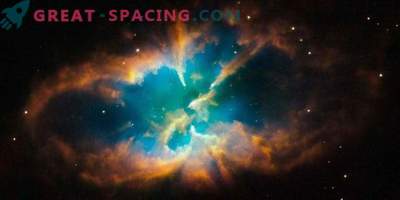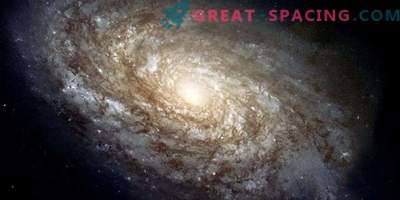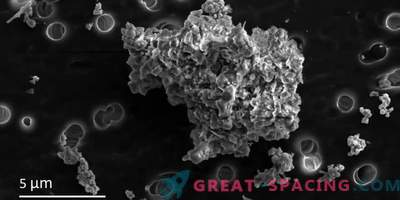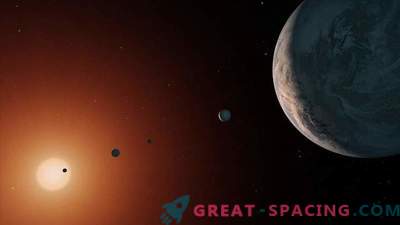
Dust can be found not only under the bed, but throughout the whole space. For scientists, dust sometimes becomes an unpleasant phenomenon, because it blocks the light of distant stars. But it can also become a tool for studying universal history.
For example, scientists tried to understand why the recently discovered distant young galaxies contain a huge amount of dust. Surveys show that type II supernovae, which are 10 times more massive than the Sun, create abundant dust volumes. But how do they do it?
A new study focused on the analysis of carbon-rich dust grains extracted from meteorites. It shows that the grains were formed in outflows from one or several type II supernovae 2 years after the explosion of the precursor star. Then the dust burst into space to activate new star systems.
Researchers did not study supernovae with telescopes. They decided to consider microscopic silicon carbide. Dust grains appeared 4.6 billion years ago and were trapped in meteorites. Pre-solar grains act as star dust, so they can be studied under laboratory conditions. To do this, scientists have begun to study the time of formation of supernova dust, measuring isotopes - a type of element with the same number of protons, but different numbers of neutrons.
Certain isotopes allow you to set the time frame of cosmic events, as they are radioactive. In such cases, the number of neutrons makes the isotope unstable. To achieve stability, it releases energy particles in such a way that it changes the number of protons and neutrons, transforming them into another element.
The researchers focused on the rare isotope of titanium-49, because it is created in the radioactive decay of vanadium-49, which is formed during supernova explosions. Titanium-49 half-life is 330 days.
Using a modern mass spectrometer, the team discovered that the grains should appear 2 years after the massive parent stars exploded. The delayed formation time refers to the carbonaceous supernova.
This process can occur continuously for many years. Learning more about dust sources, scientists can get additional information about the history of the Universe and the development of various objects.











































